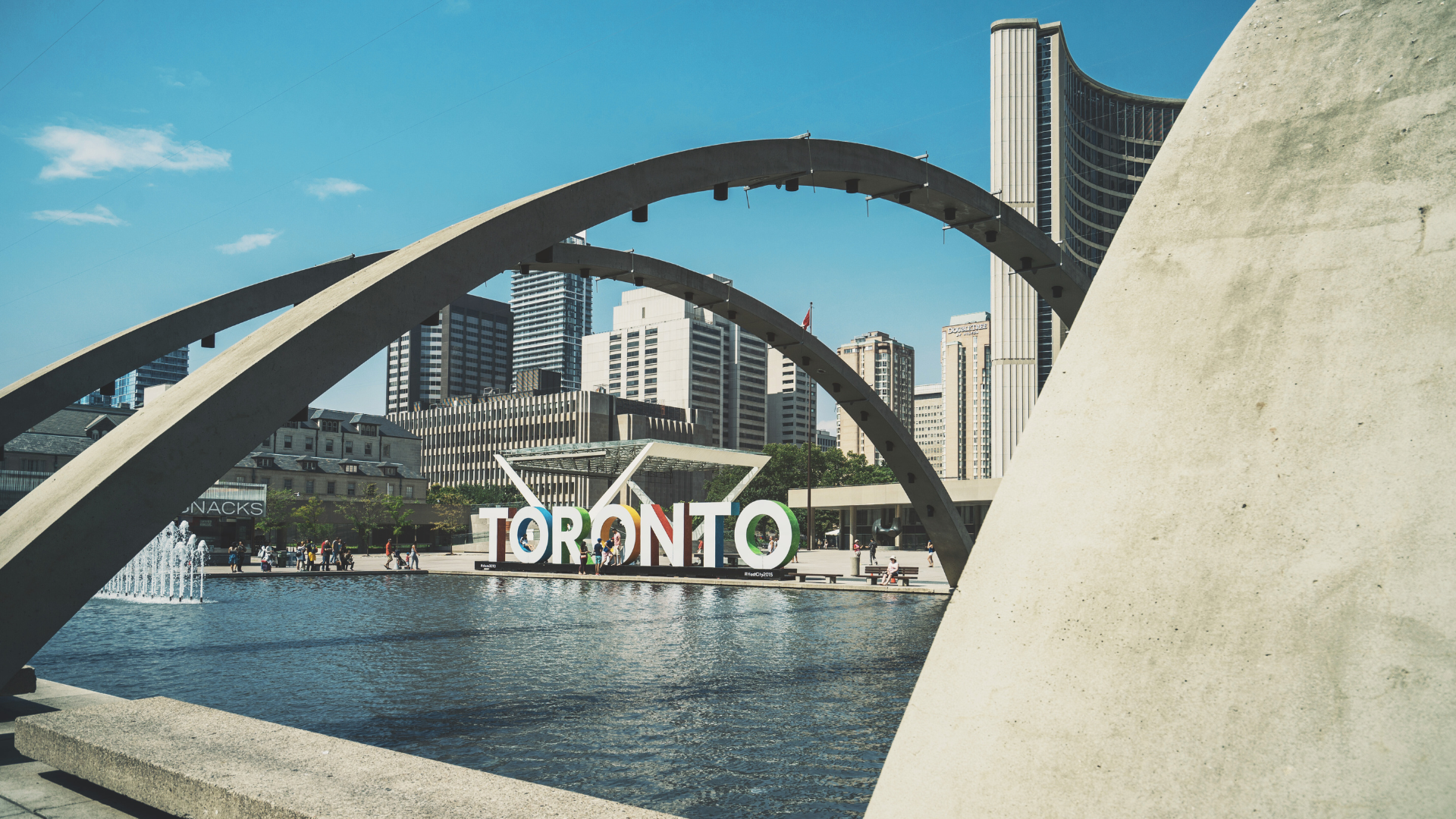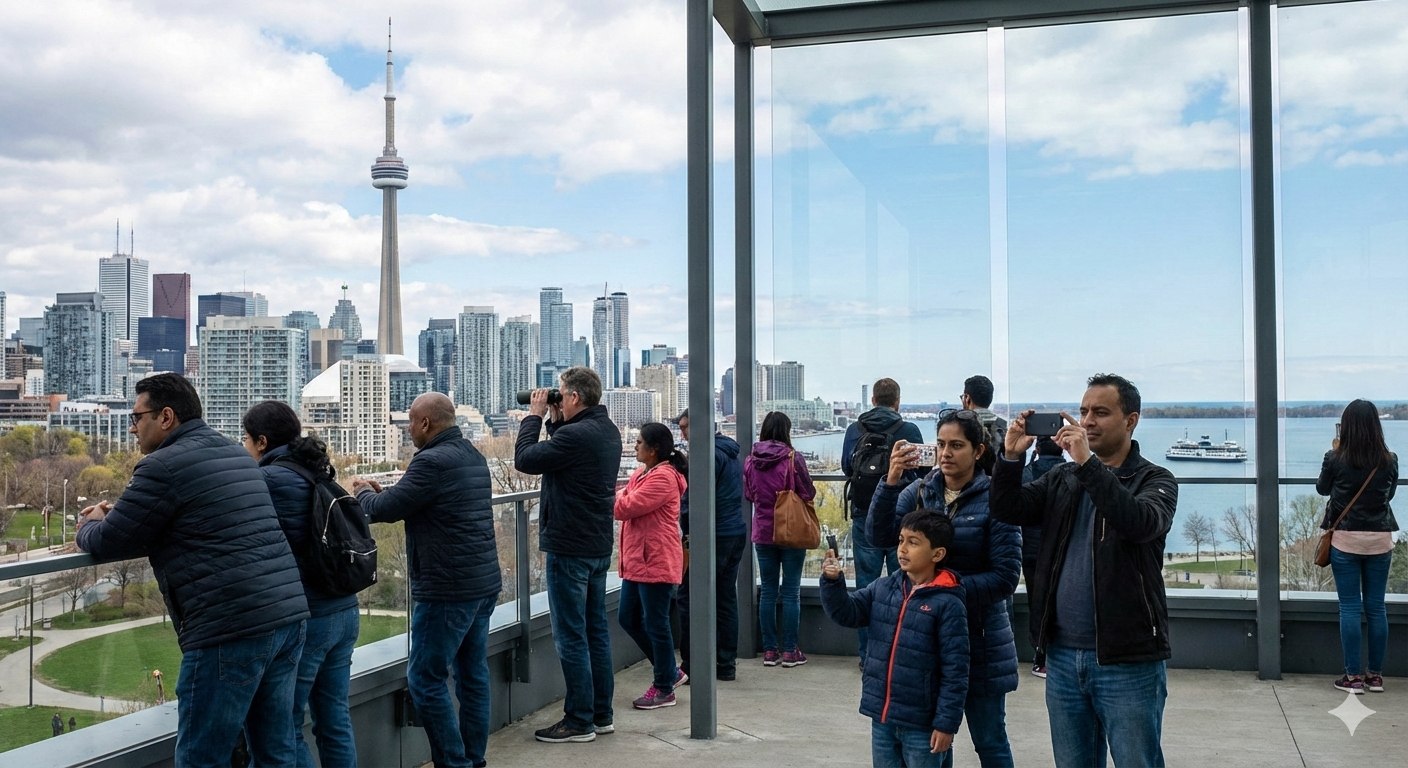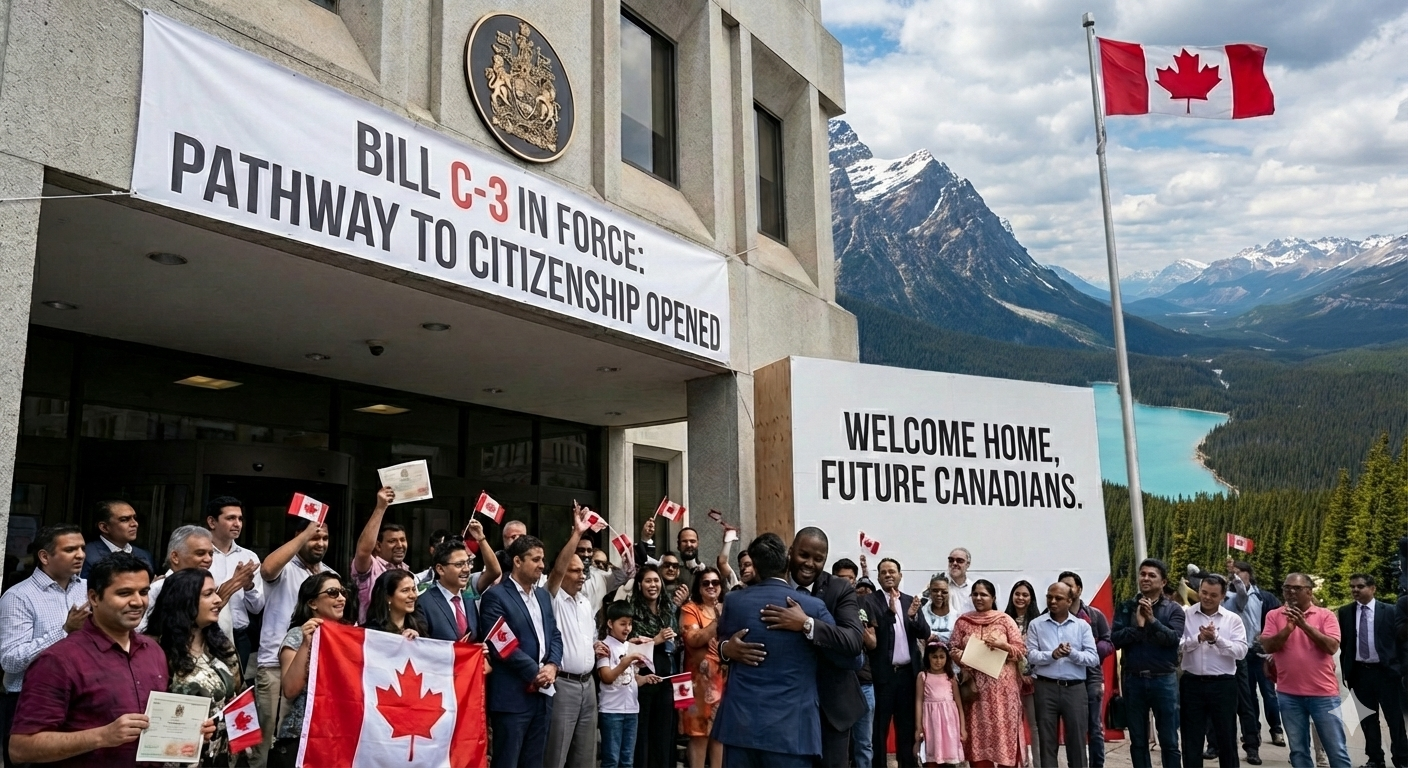9 Tips to Minimize the Risk of Canada Visitor Visa Refusal

Applying for a visitor visa to Canada might seem
straightforward, but approval is not always guaranteed. In 2024, there was a
noticeable rise in visitor visa refusals, making it even more crucial to
prepare a strong application.
Here are 9 practical tips to help you strengthen
your visitor visa application and reduce the chances of rejection.
1. Submit a Complete Application
When applying for a visitor visa online, ensure all
required forms are accurately completed and submitted. These typically include:
- Application
for Temporary Resident Visa (IMM 5257)
- Family
Information Form (IMM 5707 or IMM 5645)
Additional forms may be required based on your situation, such as:
- Statutory
Declaration of Common-Law Union (IMM 5409)
- Use
of Representative Form (IMM 5476)
- Authority
to Release Personal Information to a Designated Individual (IMM 5475)
If a section doesn’t apply to you, write “Not Applicable”
or “NA” to avoid leaving blanks.
2. Attach All Necessary Documents
Your personalized document checklist will outline what you
need to submit. Commonly required documents include:
- Passport
or identity document
- Two
photos meeting visa specifications
- Proof
of financial support (e.g., bank statements)
- Travel
itinerary
- Letter
of invitation (if applicable) and proof of your relationship with the
inviter
- Employment
information
- Travel
history
You may also need to attend an interview, provide medical
or police certificates, or submit additional documents. Don’t forget to pay the
processing fee to avoid delays or rejection.
3. Prove Strong Ties to Your Home Country
Immigration officers must be convinced you’ll leave Canada
after your visit. To show ties to your home country, provide evidence such as:
- Employment
confirmation letters
- Proof
of property ownership or lease agreements
- Family
dependency documentation
- Financial
assets
4. Show Adequate Financial Support
You must demonstrate that you can afford your trip to
Canada. Common proof includes:
- Recent
bank statements
- Pay
stubs
- Employment
verification letters
- Proof
of assets
If someone else is sponsoring your trip, include their
letter of support and financial documents.
5. Clearly Highlight the Purpose of Your Visit
Clearly explain why you’re visiting Canada and what you
plan to do. Include supporting documents like:
- Event
invitations (e.g., weddings, conferences)
- Travel
itinerary
- Return
ticket
This helps immigration officers understand your intentions
and strengthens your case.
6. Provide Proof of Good Health (If Required)
You must meet basic health requirements to be eligible for
a visitor visa. In some cases, you may need to:
- Submit
a medical history report
- Undergo
a medical exam
Health issues that could endanger public safety or burden
the healthcare system may lead to rejection.
7. Overcome Criminal Inadmissibility (If
Applicable)
If you have a criminal record, you may need to address
inadmissibility by:
- Applying
for a Temporary Resident Permit (TRP)
- Meeting
eligibility for deemed rehabilitation
- Submitting
an application for criminal rehabilitation
Seek legal advice if necessary, as misrepresentation or
omission can lead to severe penalties.
8. Be Transparent About Travel History
Past visa refusals or overstays can complicate your
application. Be honest about your travel history and provide evidence of
compliance with visa rules in subsequent travels. Failure to disclose previous
issues may result in misrepresentation, leading to a five-year entry ban.
9. Resolve Residency Issues Before Applying
If you have unresolved residency problems in your current
country, it’s best to address them before applying. If your home country is
politically unstable, provide additional evidence of your intent to return
after your visit to Canada.
Recent Changes to Visitor Visa Validity
In November 2024, Immigration, Refugees, and Citizenship
Canada (IRCC) updated its policies on visitor visas. Officers now have greater
discretion in deciding:
- Duration
of the visa
- Single-entry
or multiple-entry status
Decisions are based on four key factors:
- Purpose
of visit
- Financial
resources
- Medical
needs
- Other
relevant circumstances
This shift marks a departure from the previous norm of
issuing ten-year multiple-entry visas.
Final Thoughts
By following these tips, you can make your Canada visitor visa application as strong as possible and minimize the chances of refusal. Ensure your application is complete, transparent, and backed by the required documentation. If needed, consult a trusted immigration professional for guidance.






